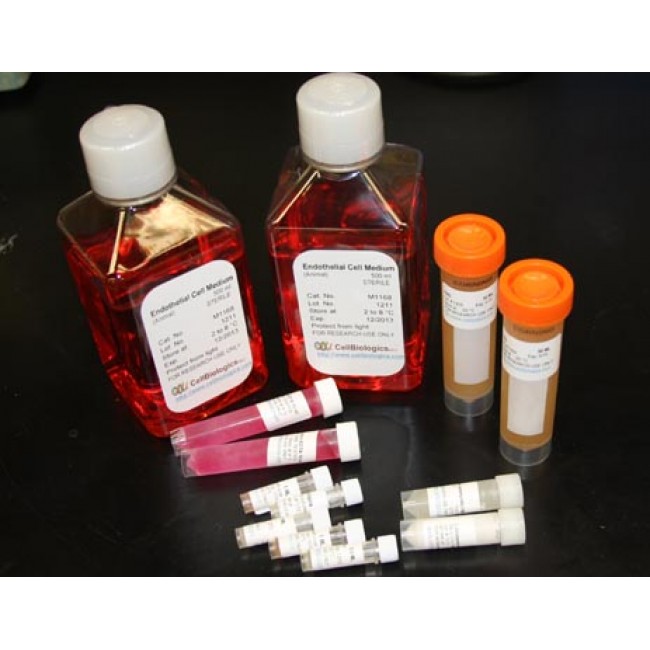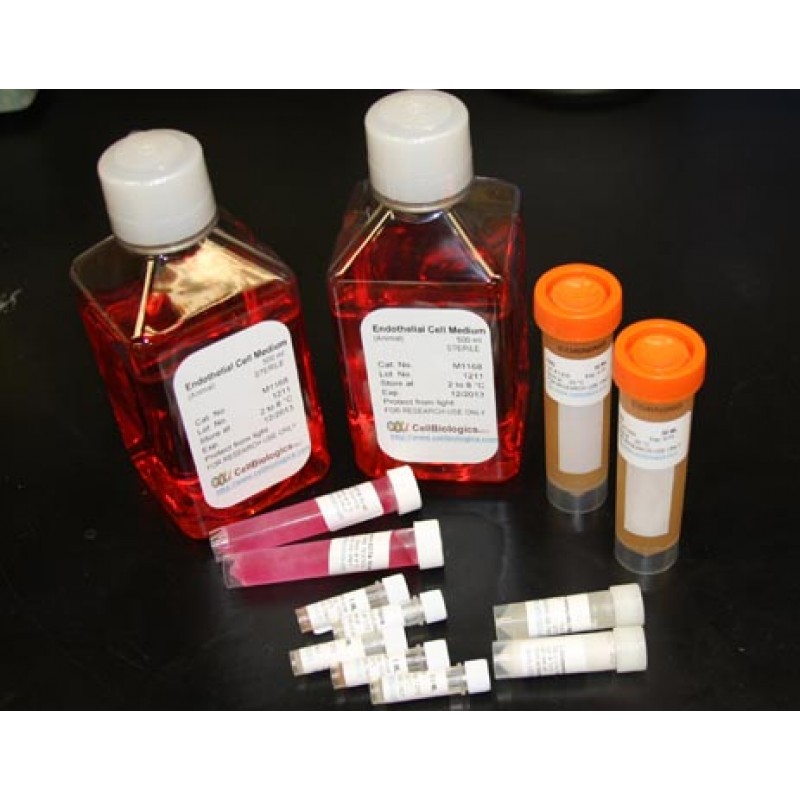IL-6 is a pleiotropic cytokine that participates in a wide variety of biological functions such as acute phase response, inflammation, hematopoiesis, bone metabolism and cancer. While produced mainly by stimulated monocytes, fibroblasts and endothelial cells, IL-6 is also known to be produced by macrophages, T cells, B lymphocytes, granulocytes, smooth muscle cells, eosinophils, chondrocytes, osteoblasts, mast cells, glial cells and keratinocytes, upon stimulation. Unlike murine IL-6 which is inactive on human cells, both human and murine IL-6 are equally active on murine cells. The IL-6 receptor is a strongly glycosylated protein of 80 kDa and a length of 449 amino acids (designated CD126). Recombinant human IL-6 is a 21 kDa, glycosylated protein that contains two disulfide bridges.


